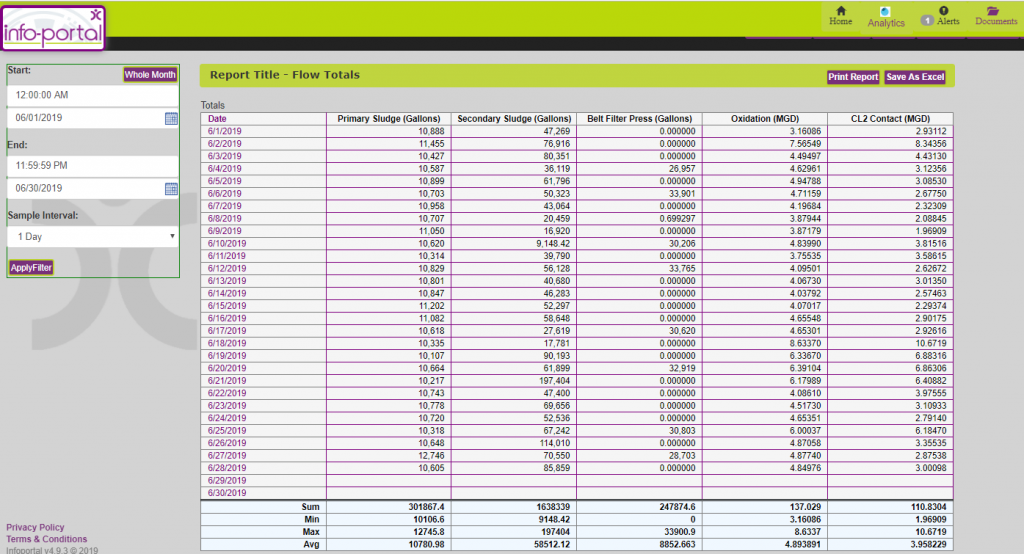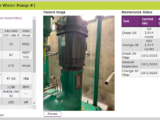Wastewater Treatment – Case Study
Providing efficiency for Center Road Lift Station in Avon Lake
An Ohio wastewater collection facility on Lake Erie, which serves more than 8,700 households, had a combined sewer and storm water overflow system. The city had an issue with a remote lift station central to the facility’s infrastructure.
This lift station had an auto-dialer that would monitor the wet well. The auto-dialer would notify staff of flood conditions but provide no additional information. Unfortunately, the unmonitored pumps had the tendency to plug up periodically. During heavy rain, the station’s wet well would overflow and residents became annoyed with the increasing frequency of their basements flooding.
When the auto-dialer sent an alarm, a member of the facility staff would have to make the long trek to the lift station to verify the status of the wet well and unplug the pump if needed. With the approaching rainy season, a limited budget, and an already busy staff, the facility needed to quickly find a cost-effective monitoring solution.
To address this problem, facility management turned to Data-Command. Within 48 hours, a Data-Command certified partner installed Data-Command compliant products, utilizing cellular technology to interface with the pumps, the existing flow meter, and the wet well level sensor. Information from the station was sent to Data-Command’s data centers and the web interface was configured to display facility information and notify employees of pertinent events.
The customer now monitors its pumps to verify their status and speed. When a pump begins to plug up, the flow rate goes down and the pump speed goes up. This lets staff know it is time to check and fix the pumps. When there is a problem with the wet well, Data-Command provides automatic notifications, so facility employees can correct the problem before it becomes a major issue. In addition to alert notifications, the Data-Command system allows facility management to view real-time information about the lift station, trend historical data over time, and print reports for record-keeping.
“The Data-Command solution is fantastic,” a key facility employee said. “Now when it rains, I can just turn on my home computer and see what’s going on at the lift station without having to drive out there.”
Lift Station Monitoring
Monitoring lift stations can be a major challenge, especially during a rain event or other major catastrophes. Many solutions are able to monitor your lift stations, and they are everywhere in both large and small system. Reliability, cost effectiveness, and ease of use is what separates most systems. Data-Command has been a major part of that monitoring for years, giving the right information to the municipalities that use our services.
Twin City Water and Sewer had a solution from a competing system. They found it hard to use, non-intuitive, and unreliable. In fact, one of the station was offline for 3 month before they discovered that fact. Data-Command has built in device health monitoring which lets you know when a unit is offline, and with our re-alarming feature, will remind you later if it is still offline.
Reporting helps with monthly reports
A Western Pennsylvania Water Pollution Control facility that does not have a traditional SCADA system wanted to improve wastewater treatment reporting with the ability to generate reports of flow totals daily, weekly, and monthly.
Data-Command provided a cost effective alternative to a traditional SCADA system by installing a Data-Command unit that interfaces with the PLC’s in the plant to collect and send the data to our servers. The customer is now able to create custom displays, reports, and trend charts using the Data-Command Info-Portal and see the information from any location, 24/7, via the internet.


